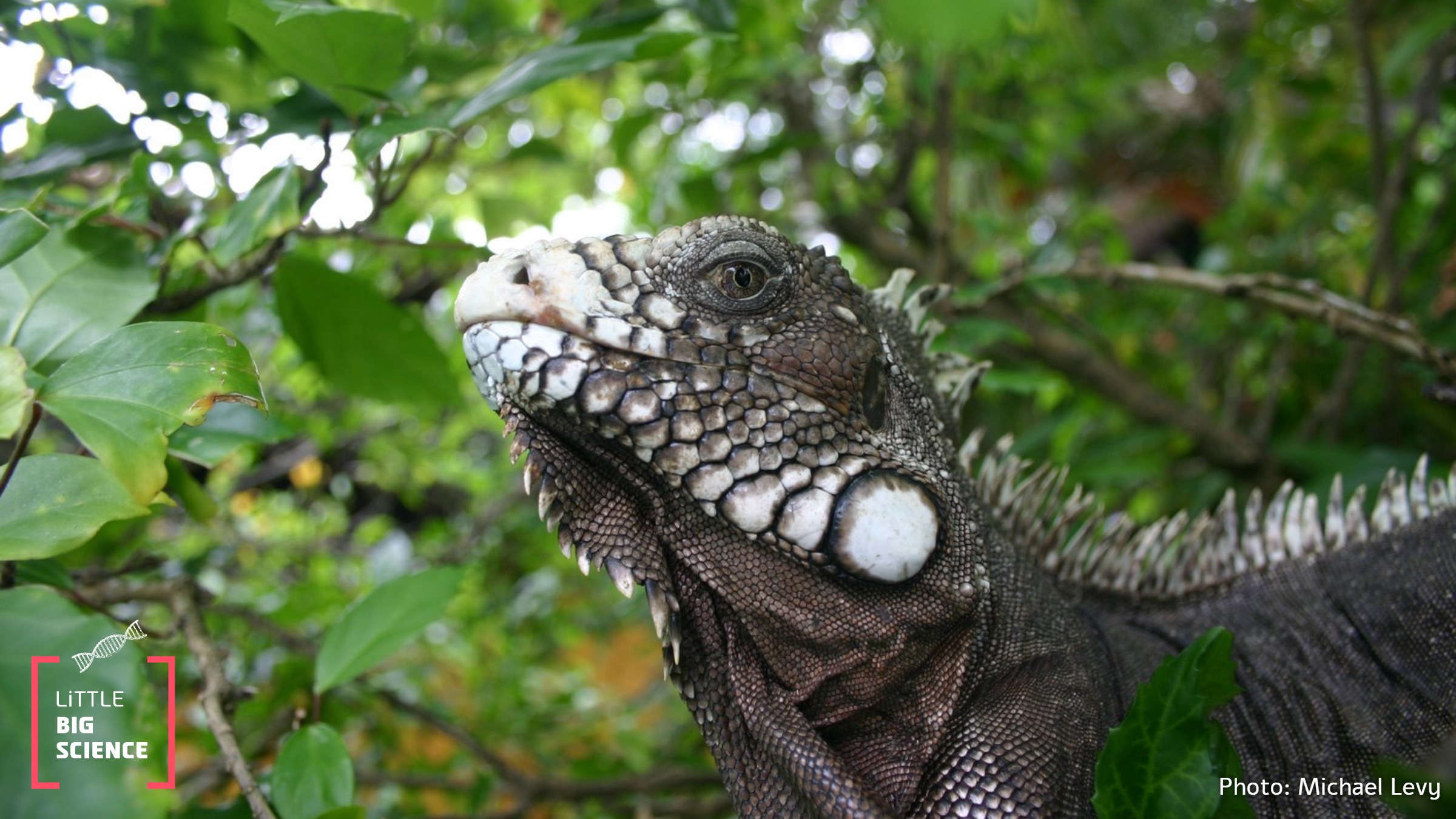
Advertisement
Last week, we heard about an unprecedented snowstorm in the state of Florida in the United States. A strange phenomenon observable in Florida during particularly cold weather is rain—not of water droplets, but of iguanas falling from trees.
Why does this happen? Let’s start by noting that the Green Iguana is an invasive species in Florida. Its original range is in South America—from southern Mexico to central Brazil in a tropical climate. They arrived in Florida as exotic pets that people wanted to keep at home, and eventually they ended up in the wild. Florida’s warm climate suits iguanas for most of the year, allowing them to flourish and reproduce while threatening the local ecosystem.
On especially cold days, when the temperature drops below ten degrees Celsius, iguanas face real challenges. This occurs because iguanas, like all reptiles, are ectothermic—meaning their body temperature, and consequently their metabolism, depends on the ambient temperature. In weather that is too cold, their muscles become sluggish until their bodies enter a state of temporary paralysis. Since iguanas are arboreal, this paralysis causes them to lose their grip on the branches and fall to the ground like a stone. A falling iguana is no laughing matter, as it can weigh up to eight kilograms! It’s definitely best not to be under a tree when one is perched there.
Although this may seem alarming, most iguanas do not die from the paralysis and fall. If the temperatures rise back quickly enough, many of them warm up, regain their functionality, and continue on as normal. However, prolonged exposure to extreme cold can be fatal for these tropical animals, as their bodies are not adapted to low temperatures for extended periods. This strange and dramatic behavior is a reminder of how reptiles are intimately linked to their environment—and how weather changes can significantly affect their survival.
Hebrew editing: Smadar Raban
English editing: Elee Shimshoni
Photo: Michael Levy








